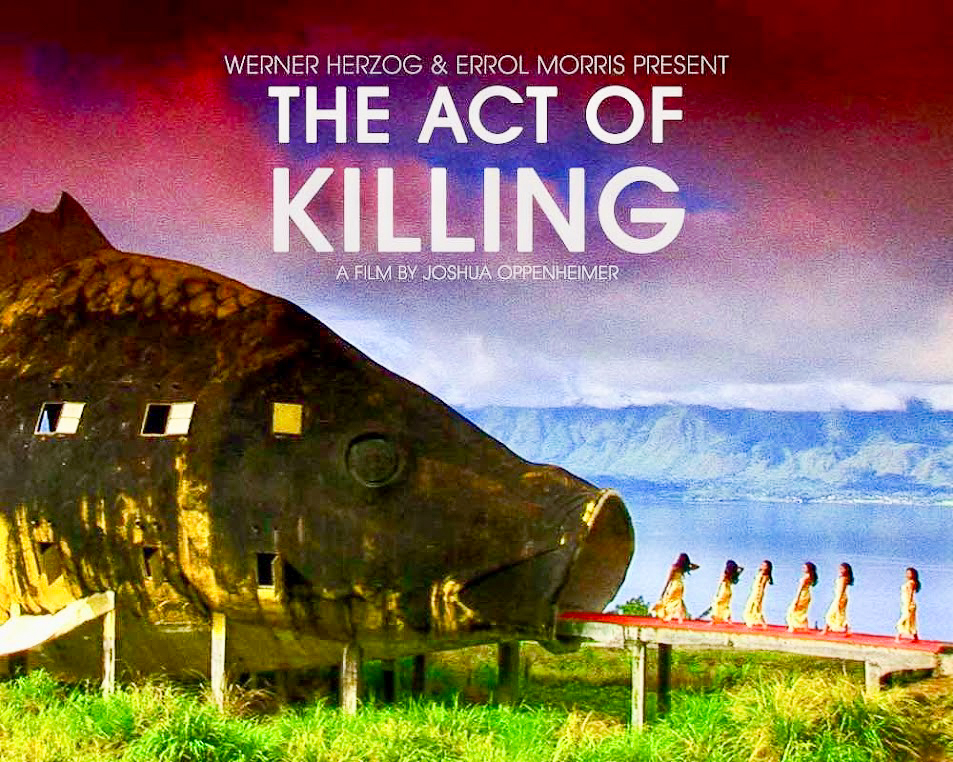And, indeed, I will ask on my own account here, an idle question: which is better—cheap happiness or exalted sufferings? Well, which is better?---Fyodor Dostoevsky ---Notes from Underground There are certain people of whom it is difficult to say anything which will at once throw them into relief—in other words, describe them graphically in their typical characteristics. These are they who are generally known as “commonplace people,” and this class comprises, of course, the immense majority of mankind. Authors, as a rule, attempt to select and portray types rarely met with in their entirety, but these types are nevertheless more real than real life itself. For instance, when the whole essence of an ordinary person’s nature lies in his perpetual and unchangeable commonplaceness; and when in spite of all his endeavours to do something out of the common, this person ends, eventually, by remaining in his unbroken line of routine—. I think such an individual really does become a type o...
NOTES FROM UNDERGROUND
Hope
To be human is to be a miracle of evolution conscious of its own miraculousness — a consciousness beautiful and bittersweet, for we have paid for it with a parallel awareness not only of our fundamental improbability but of our staggering fragility, of how physiologically precarious our survival is and how psychologically vulnerable our sanity. To make that awareness bearable, we have evolved a singular faculty that might just be the crowning miracle of our consciousness: hope.--
Erich Fromm
Links
- Get link
- X
- Other Apps
Labels
Polytechnique (2009)
Denis Villeneuve’s third feature is beautifully shot and realistically depicts Montreal’s engineering school shooting
Inspired by a horrifying 1989 incident at Montreal’s engineering school, the film is shot in stark black-and-white and widescreen. It utilises gliding, Kubrickian Steadicam shots and vivid, often dialogue-free sound design to document the excruciating build up, carnage and fallout from a tragic campus shooting that left 14 young women dead and more injured.
The thematic and aesthetic influence of Gus Van Sant’s haunting Elephant (2003) obviously hangs heavily over the film, as does that film’s play with chronology and fatalistic mood. But unlike Van Sant’s film, with its impressionistic style and hazily noncommittal, almost scattergun approach to exploring killer motivation – a violent videogame glimpsed here, school bullying and a homoerotic encounter suggested there – Villeneuve’s film is far more direct in its approach. It takes the film’s killer – and his self-professed hatred of feminists, related in a violent suicide note read in voiceover at the film’s start – as a springboard to explore a world defined by embittered male violence, impotence and apathy.
We’re presented with 3 perspectives on the tragedy. At first we observe the shooter, credited only as ‘the killer’ (Maxim Gaudette) as he writes that long, misogynistic letter, prepares his weapon in a sparse apartment and drives to the college. Then we are introduced to a young student at the college, Valérie (played beautifully by Karine Vanasse, who acted as producer and researcher on the film), as she prepares for an internship interview with a friend. Finally we meet Jean-François (Sébastien Huberdeau), a rather scatty student and friend of Valérie’s, who sheepishly borrows her lesson notes before class and sets about photocopying them just before the carnage commences.












.jpg)